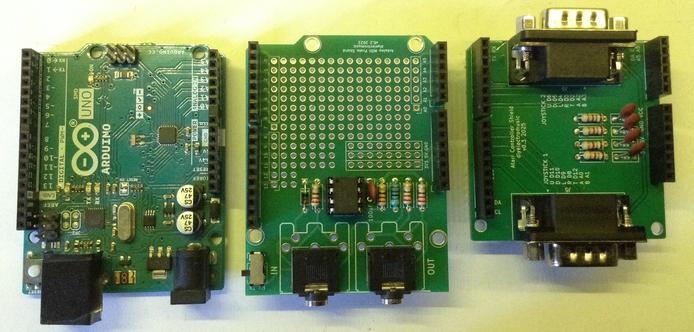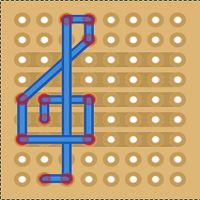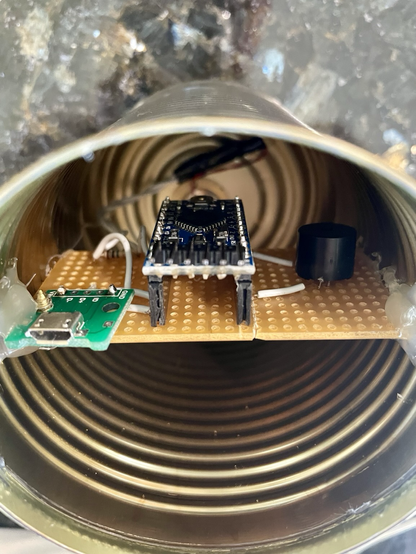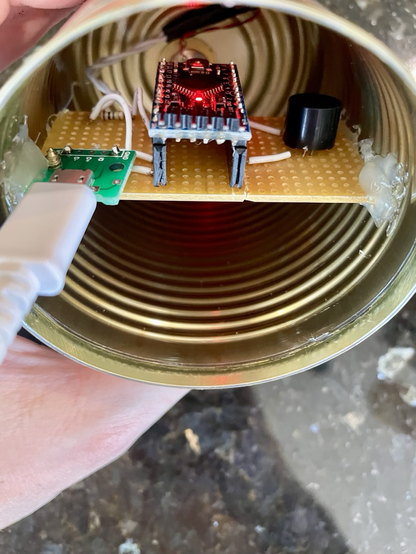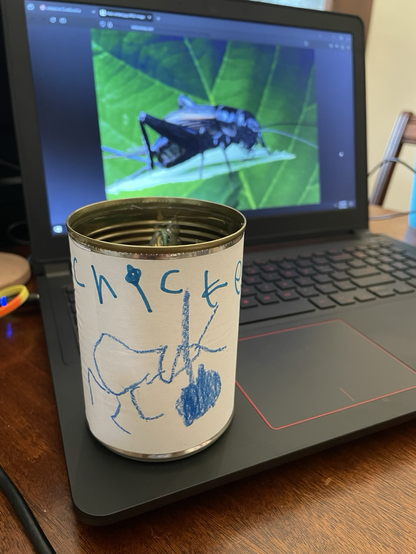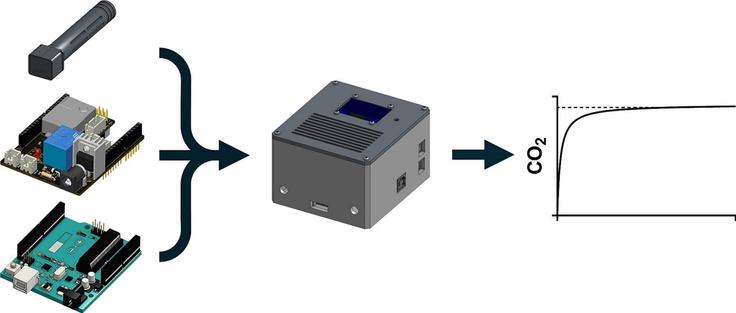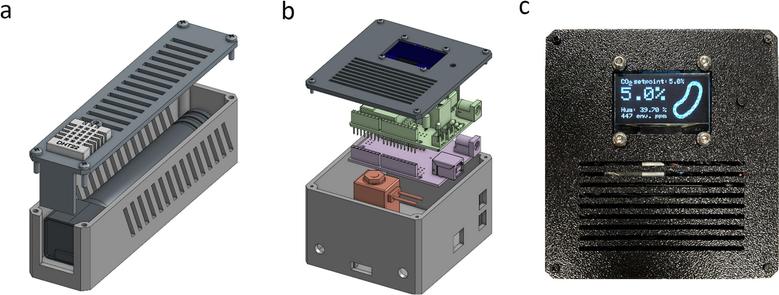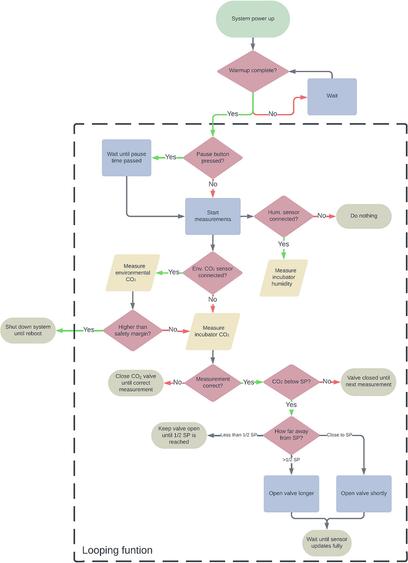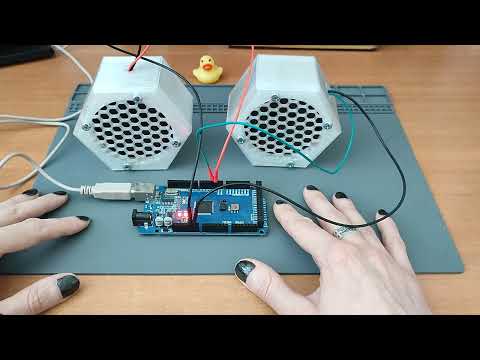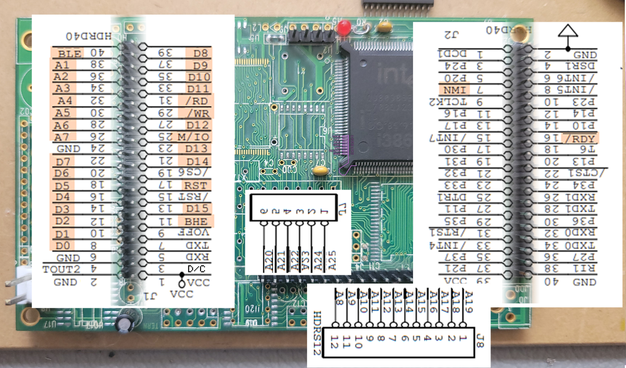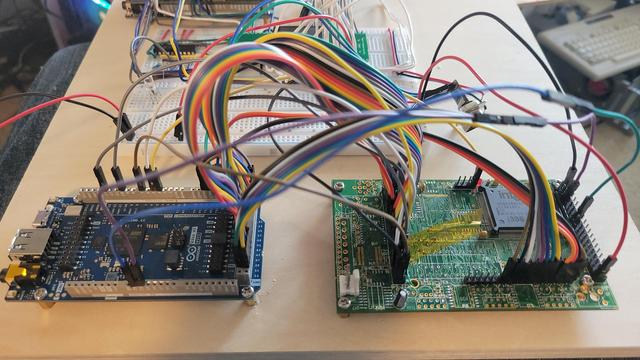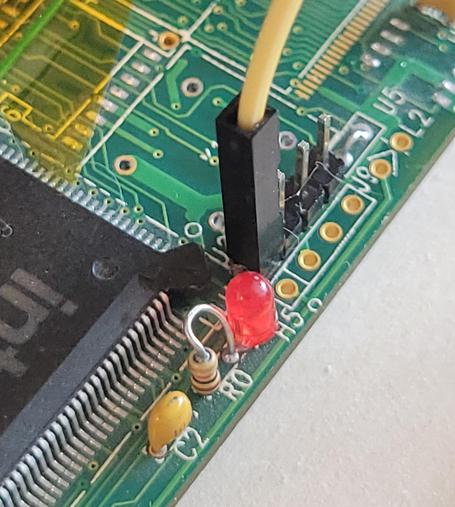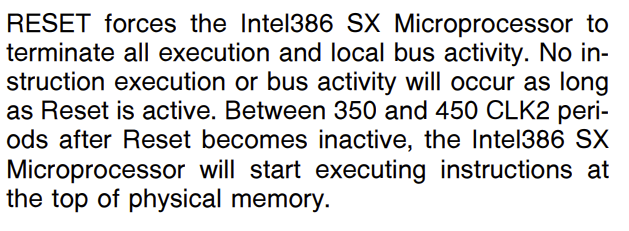And now I can properly "properly" read all four paddles.
But that was a lot more complicated than I thought it would be. Even by the standards of my previous "that was a lot more complicated" statement!
Maybe I'm just a bit slow with this one! (or getting old) :)
Anyway, I finally have something I'm happy with. Now to actually do something with it!
(the things one does to avoid cracking open some vintage gear and changing it...)
https://diyelectromusic.com/2025/06/22/atari-2600-controller-shield-pcb-revisited-part-2/
#Atari #Atari2600 #Arduino

